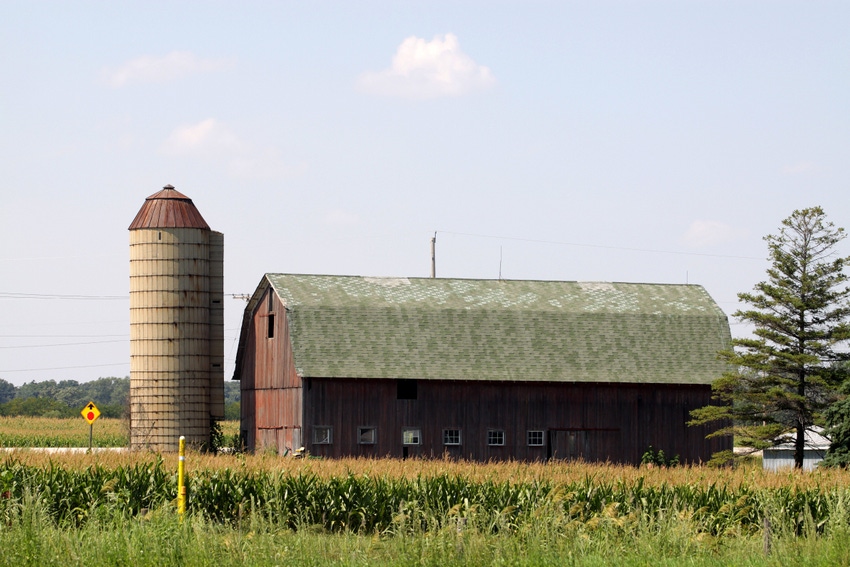
The title of this article sounds like an old book about the famous basketball coach Bob Knight entitled A Season on the Brink. Recently, I was on a live television program in the upper Midwest. The commentator asked me to discuss Representative Collin Peterson’s article about the agriculture industry heading toward a financial crisis worse than the 1980s farm crisis. As the Representative toured his district, he heard from many farmers and agricultural lenders about the state of the agriculture economy.
Trade issues and interest rates were the main contributors to the 1980s downturn. These factors, coupled with the baby boomer farmers being in their youth in the business cycle with large amounts of financial leverage, were a recipe for disaster. The 1980s downturn affected both the income statement and balance sheet.
The current economic downturn is much different than the 1980s farm crisis. Trade issues, technology, and global competition in commodities resulting in lower prices combined with higher input costs are contributing to the current downturn. Profits may have been minimal or negative early in the economic cycle which caused a drain on working capital. However, this downturn is not full-blown as a result of land values maintaining their resilience. The volatility on the balance sheet has not occurred, which would lead to a major crisis as outlined by Representative Peterson.
What factors could cause the agriculture economy to be in dire straits?
First, a rapid rise in interest rates would be a nail in the financial coffin. Second, if lenders and regulators become more conservative in the restructuring and refinance of losses utilizing excess equity, then the sale of land would become the alternative. Third, if producers are not willing to refinance due to losing equity capital, along with outside investors shunning farmland investments, this scenario could be a double whammy to the land market. If too much land supply exceeds demand, then land values could decline by 30 to 40 percent in certain areas.
The reality of this economic cycle is that it is very measured with gradual financial deterioration. Land equity is serving as the bridge over troubled economic waters, and any bridge that has compromised supports can suffer a major collapse. Representative Peterson, lenders, and producers need to have a vigilant eye on the number of refinances, profit and cash flow levels, and working capital rather than the number of bankruptcies and the debt to asset ratio, which tend to be lagging indicators.
The opinions of Dr. David Kohl are not necessarily those of Corn and Soybean Digest or Farm Progress.
The source is solely responsible for the information provided and is wholly owned by the source. Informa Business Media and all its subsidiaries are not responsible for any of the content contained in this information asset.
About the Author(s)
You May Also Like






